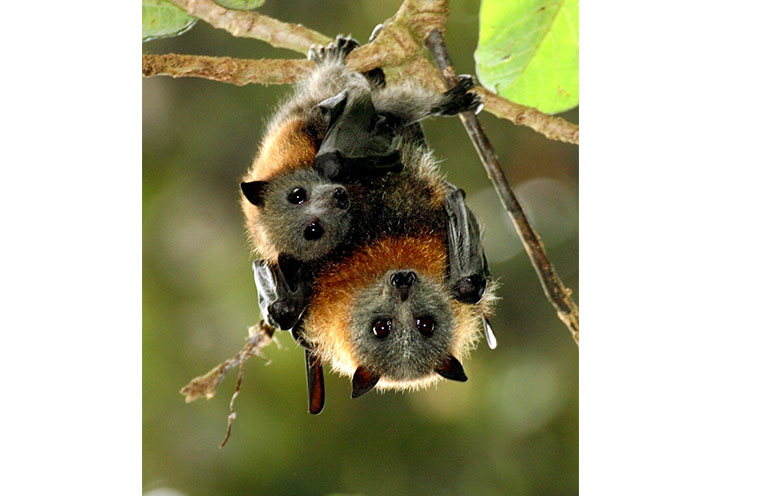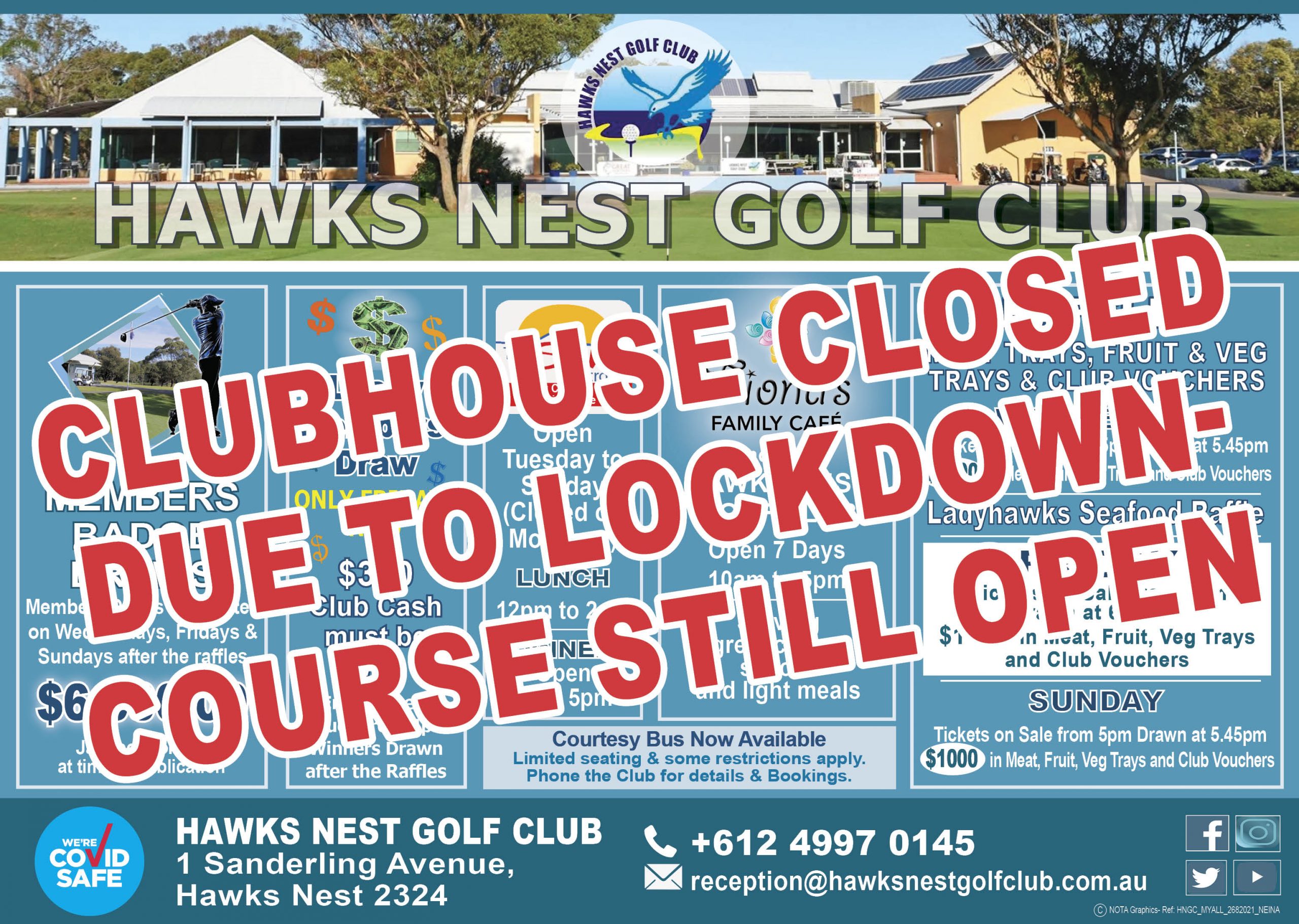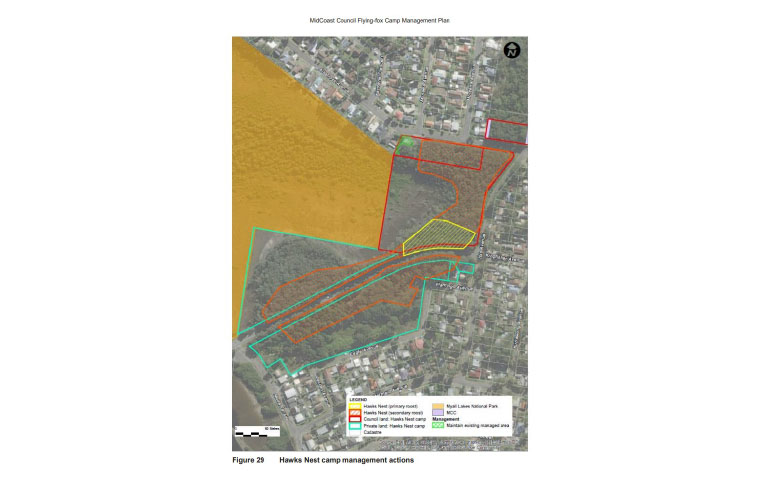
WE hear them and know that they are here.
They eat the fruit from our trees and contribute to the biodiversity of the region.
 Advertise with News of The Area today.
Advertise with News of The Area today.It’s worth it for your business.
Message us.
Phone us – (02) 4981 8882.
Email us – media@newsofthearea.com.au
Flying foxes are however not always Australia’s most popular natives.
Following different community consultation events and the collation of online survey results, a plan was prepared, with funding assistance provided by the NSW Department of Planning, Industry and Environment, to guide the future management of flying-fox camps within the MidCoast region.
The draft plan was placed on public exhibition for six weeks, prior to the recent MidCoast Council meeting and resulted in amendments to the draft following feedback received.
The Hawks Nest Flying Fox Camp is on Council owned land and adjacent to residential areas.
It was first identified in the mid-1990’s and it has since grown.
The camp is seasonal and up to 5,500 flying foxes have been recorded at the site.
Council’s management plan will guide flying fox management at each camp, including reducing conflicts with nearby residents, while protecting important biodiversity.
“The plan will help Council obtain approvals for on-ground works and also apply for State and federal funding,” explained Nicholas Colman, MidCoast Council’s Environmental Projects Officer.
“Ultimately we want to reduce the impacts the camps have on the local community by providing support programs for neighbouring residents.
“We understand that living near a camp can be difficult at times but we’re committed to helping everyone coexist and ensure these protected species are safeguarded.”
Flying foxes are known to carry diseases and it is important that you do not handle flying-foxes.
The Department of Environment tells us, “If you are bitten or scratched by a flying-fox, the wound should immediately be washed gently, but thoroughly, with soap and water for at least 5 minutes.
“An antiseptic, such as povidone-iodine should be applied, and a doctor consulted as soon as possible.”
In the event that you find an injured, sick or orphaned flying fox you should not handle it unless you have been vaccinated against Australian bat lyssavirus, been trained and use the proper protective equipment.
NSW Health advises that the public should avoid direct contact with flying-foxes as there is always the possibility of a scratch or bite leading to infection.
If you find an injured, sick or orphaned flying-fox, contact a licensed wildlife rescue and rehabilitation provider or use the IFAW Wildlife Rescue App to quickly find the closest licensed carer to contact.
By Marian SAMPSON
